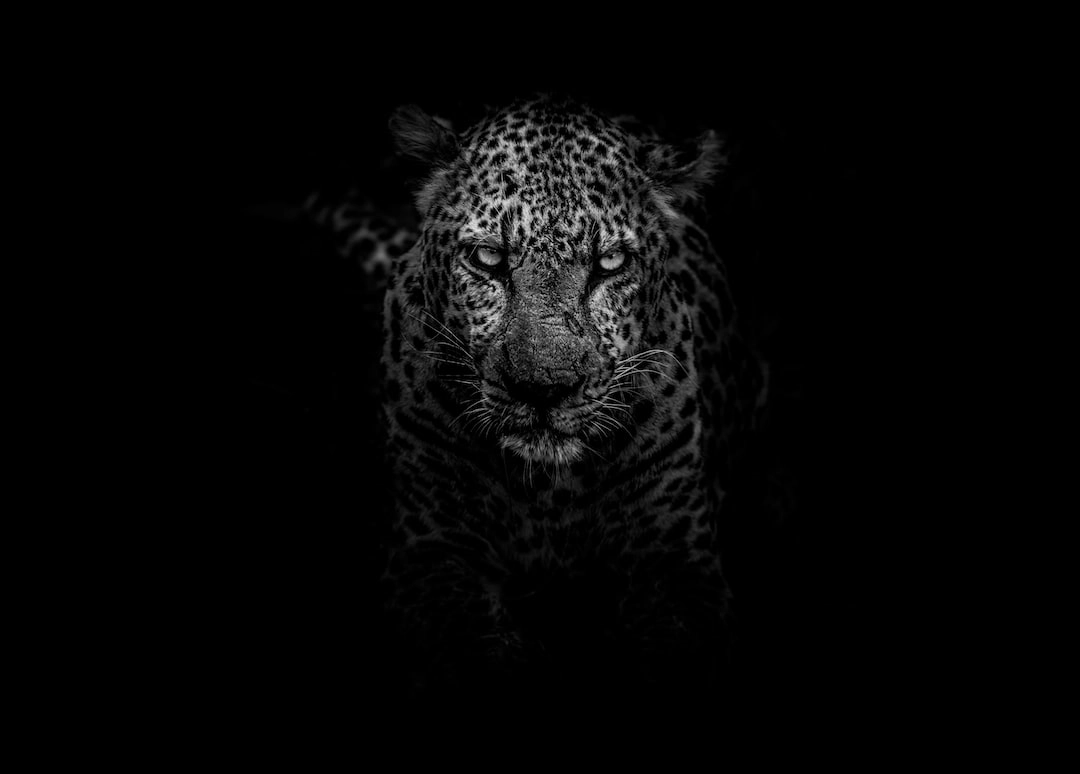What it is:
Endangered species are living organisms that are at risk of becoming extinct or disappearing from the natural world. These species face imminent threats to their survival, such as habitat loss, pollution, climate change, illegal hunting, and invasive species. The decline in their population numbers poses a significant threat to the overall balance and biodiversity of ecosystems.
Real-world Problems:
Habitat Loss:
Habitat loss is one of the primary reasons for the decline of endangered species. Human activities, such as deforestation, urbanization, and agricultural expansion, result in the destruction and fragmentation of natural habitats. This loss of habitat directly impacts the species’ ability to find food, shelter, and suitable breeding grounds, pushing them closer to extinction.
Pollution:
Pollution, whether it’s air, water, or soil pollution, poses a severe threat to endangered species. Toxic chemicals and pollutants released into the environment accumulate in the ecosystems, causing harm to the organisms living within them. Pollution can disrupt the reproductive patterns, weaken immune systems, and even lead to fatal diseases for endangered species.
Climate Change:
The rapidly changing climate and global warming have emerged as significant challenges for endangered species. As temperatures rise, ecosystems experience shifts in weather patterns, altering the availability of resources and affecting the fragile balance between species. Endangered species that are already vulnerable find it difficult to adapt to these changes, leading to further population decline.
Illegal Hunting and Wildlife Trade:
Illegal hunting and trafficking of endangered species pose a serious threat to their survival. Many species are hunted for their skins, bones, horns, or other body parts, which are highly valued in the black market. The demand for exotic pets, traditional medicines, and ornamental items also contributes to the illegal wildlife trade. This exploitation disrupts ecosystems and pushes endangered species closer to extinction.
Invasive Species:
Invasive species are non-native plants and animals that disrupt the balance of ecosystems they invade. They can outcompete native species for resources, prey upon them, or introduce diseases. Invasive species threaten the survival of endangered species by displacing or preying upon them, leading to population declines and even extinction in some cases.
Building Hope for Conservation:
Despite these challenges, there is hope for the conservation of endangered species. Efforts are being made worldwide to protect and restore habitats, implement sustainable practices, enforce wildlife protection laws, promote education and awareness, and support breeding and reintroduction programs. Collaborative initiatives between governments, NGOs, and local communities are crucial in creating a sustainable future for endangered species.
By understanding the struggles faced by endangered species and the real-world problems associated with their decline, we can work towards finding effective solutions and taking action to protect these vulnerable species and preserve our planet’s biodiversity.

Summary of Solutions for Endangered Species Conservation:
Habitat Conservation:
Efforts should be focused on protecting and preserving natural habitats through measures like reforestation, establishing protected areas, and creating wildlife corridors to connect fragmented habitats. This helps ensure that endangered species have suitable and sufficient space to thrive.
Reducing Pollution:
Sustainable practices and regulations are needed to minimize pollution and its impact on endangered species. This includes implementing strict waste management systems, reducing emissions from industries and transportation, and promoting cleaner energy alternatives.
Addressing Climate Change:
Combating climate change and its effects on endangered species require efforts to reduce greenhouse gas emissions and transition to renewable energy sources. Additionally, strategies such as conservation breeding and assisted migration can help safeguard species at risk from changing climatic conditions.
Combating Illegal Hunting and Wildlife Trade:
Strengthening law enforcement, increasing penalties for wildlife trafficking offenses, and raising awareness about the negative consequences of the illegal wildlife trade are essential steps in protecting endangered species. Collaboration between countries and international organizations is crucial for effective actions against this illicit trade.
Managing Invasive Species:
Preventing the introduction and spread of invasive species is critical for protecting endangered species. This can be achieved through early detection and rapid response, implementing biosecurity measures, and promoting education and awareness about the impacts of invasive species.
Community Engagement and Education:
Involving local communities in conservation efforts, empowering them with knowledge and resources, and highlighting the value of biodiversity fosters a sense of stewardship. Education and awareness campaigns can help inspire behavioral changes and promote sustainable practices within communities.
Collaboration and Partnerships:
Effective conservation of endangered species requires collaboration between governments, NGOs, scientists, local communities, and other stakeholders. Working together, sharing knowledge and resources, and coordinating efforts will lead to more impactful conservation outcomes.
By implementing these solutions and taking collective action, it is possible to protect endangered species, preserve biodiversity, and ensure a sustainable future for our planet and future generations.













